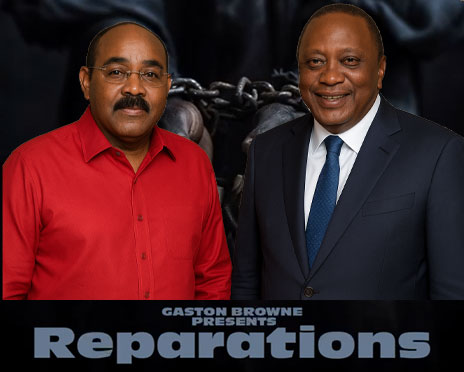A Salvadoran man, Kilmar Ábrego García, has been released from jail after an ordeal that began with his mistaken deportation from the U.S. in March. Attorney Sean Hecker confirmed his release, noting that Mr. Ábrego García is set to reunite with his family in Maryland after more than 160 days apart.
Originally deported as part of the Trump administration's stringent immigration enforcement policies, he was sent back to his home country and detained in the dangerous Cecot prison. The U.S. government later acknowledged the deportation was a mistake, and he was brought back to the U.S. in June to face human smuggling charges to which he has pleaded not guilty.
The emotional weight of his release is evident, as he expressed gratitude for being able to see his wife and two children for the first time in months. "Today has been a very special day because I have seen my family," he stated. However, he also expressed concern that he may face further detention upon returning to Maryland, as immigration authorities might seek to deport him again.
The release poses a significant challenge to the Trump administration, which had previously asserted that Mr. Ábrego García would never be allowed to reside freely in the U.S. Secretary of Homeland Security Kristi Noem criticized the judicial decision, emphasizing public safety concerns.
A complex legal background surrounds Mr. Ábrego García. Initially arriving in the U.S. as a teenager, he was granted protection from deportation after it was determined he faced threats from gang violence back in El Salvador. His case has since become emblematic of the contentious landscape of immigration enforcement.
Despite a federal judge's ruling allowing his release, his legal team remains worried that he could face another deportation attempt in the near future. As the administration contemplates possible removal options, including sending him to Mexico or South Sudan, a new court order mandates that his lawyers be notified ahead of any deportation efforts.
This case continues to highlight the intricate balance between immigration enforcement and individual rights, raising questions about the strategies utilized within the broader immigration system in the U.S.





















